“I wanted to know why my kids prefer being with you to TV,” said the sweaty mother, breathless and exhausted but exhilarated. Maria Marta Chavarria had taken them to a remote high hill called Cerro Ingles on the Santa Elena Peninsula of ACG.
For the first time she could look down on her small coastal town in a deep valley to the north, between upended geological plates, and see the Pacific out to the western horizon and the green volcanos far inland and long expanses of ACG dry forest all around her - practically the entire ACG in one vista.
This is what Maria’s Marine Bioawareness Program does. It exposes children of Cuajiniquil – and sometimes their parents and teachers and neighbors – to the natural world around them and next door in the ACG, a world they have never imagined or seen as a source of inspiration and hope.
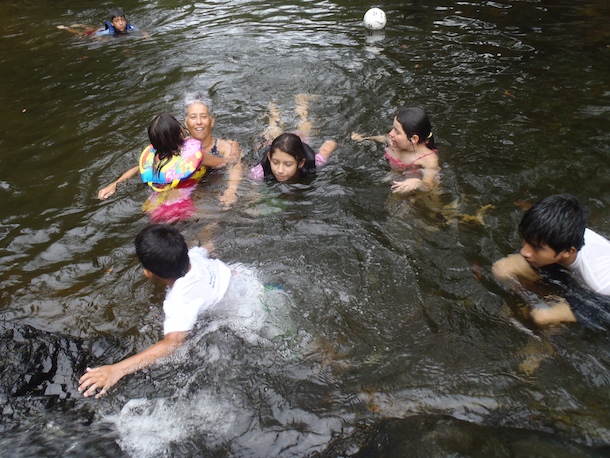
Maria’s activities take the children on dry forest camping trips, or coral reef snorkeling or out to the ACG’s Islas Murciélago beyond the long peninsula tip they can see from town.
It is a program of direct experiences, under the sky, and by the students' pledge, is electronics-free.
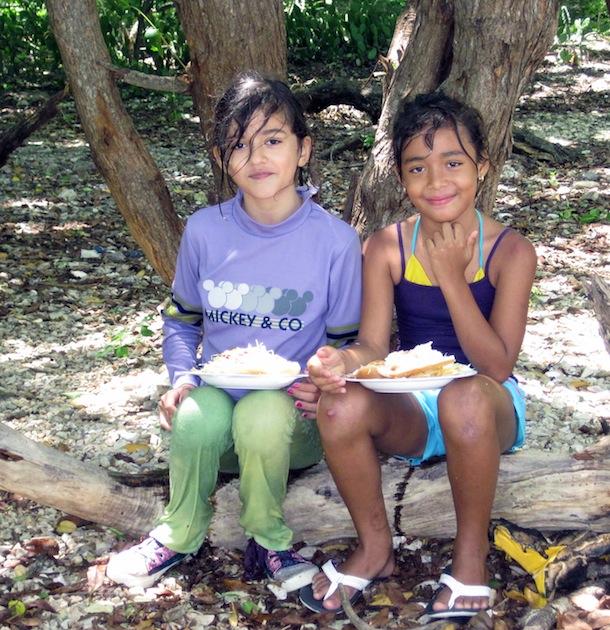
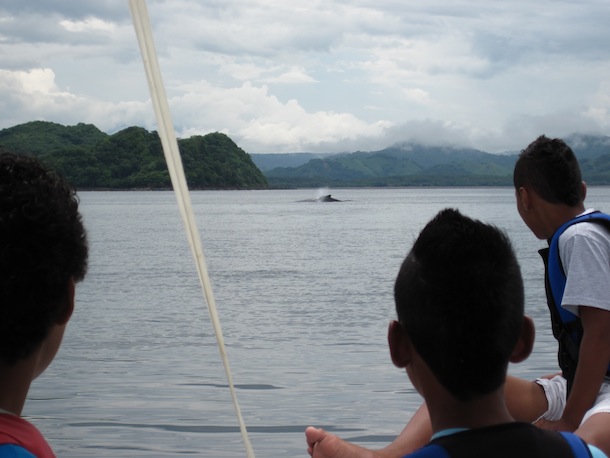
They learn about fish, they learn plants, they ask about whatever wild creatures fly or swim by or come in their kitchen window, and now they are learning to find their own answers.
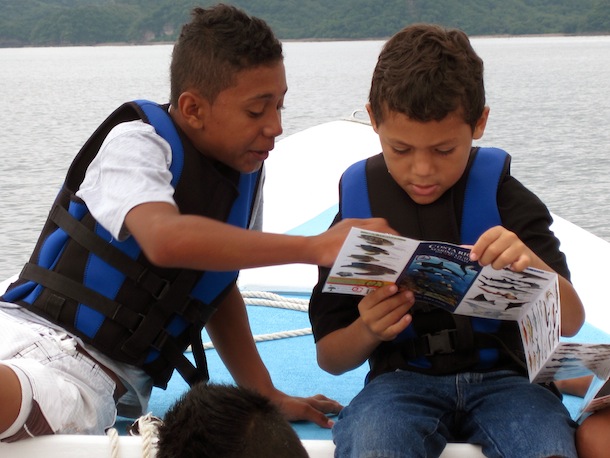
This program is similar to the philosophy behind the ACG's Programa de Educación Biológica (PEB), but not formally linked to the primary school system and is focused on one small coastal town, a potential source of damage or support to the ACG Sector Marino. By its full-time presence in Cuajiniquil, where the Marine Awareness house/lab have always been, it has a yet deeper impact on the community. The program began because this town has relied on fishing in the protected ACG waters (decreed national park in 1987) for the last 40 years and in the process has greatly overfished it. Maria's program began as an introduction for the village children to the nature of the sea and nearby land, and why protecting ACG waters of the mangroves and coast is crucial even for the fishermen.
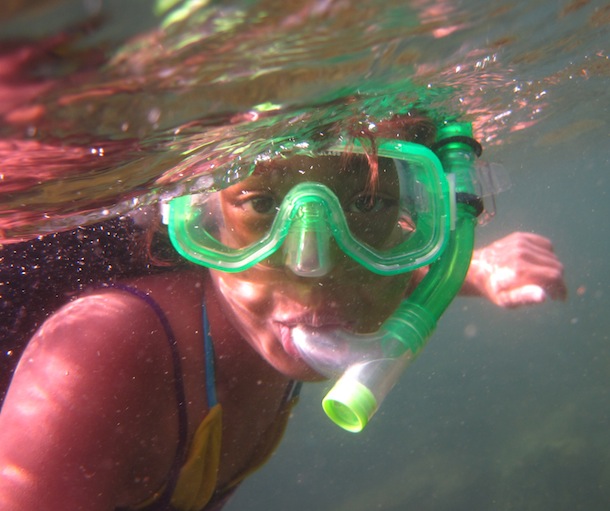
The message is deeply a conservation message, based on growing knowledge and experience, rather than classroom lecturing. But for many town children it is life-changing, their futures opened away from an adolescence of videogames, no goals, and no good jobs to a horizon of knowledge, hope, and possibility.